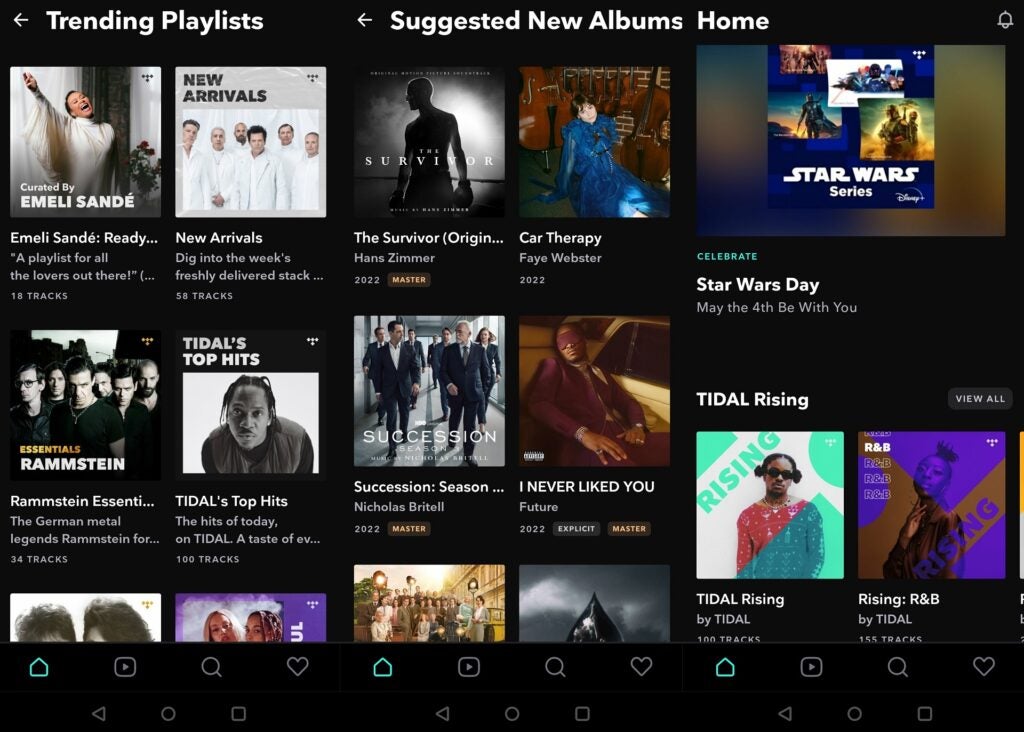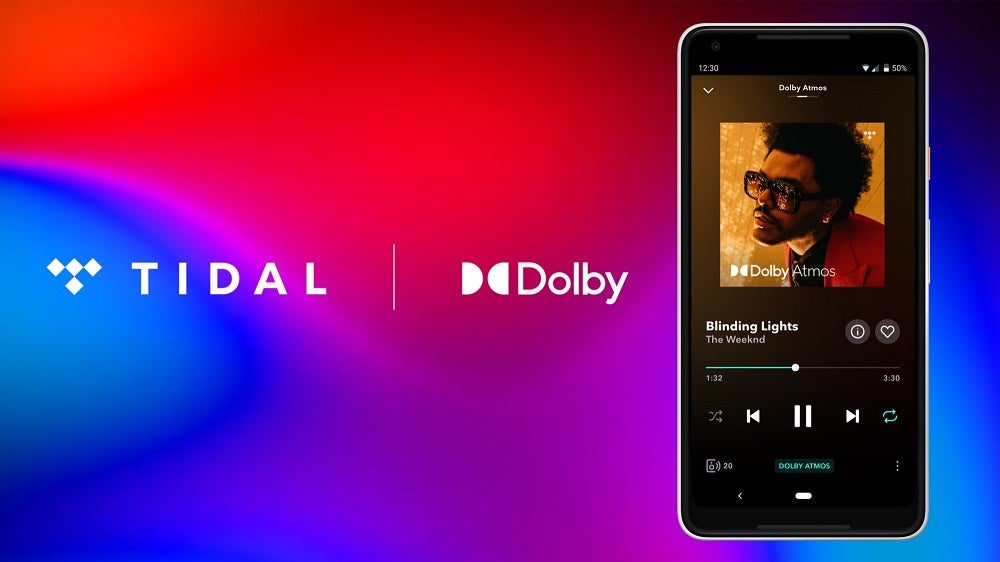Kob Monney
2024-06-28 09:00:00
www.trustedreviews.com
Spotify and Tidal are two of the oldest music streaming services out there, the former being the OG service that everyone tried to emulate, and the latter arriving on the scene looking to provide a different experience from what was then the norm.
We wouldn’t necessarily say that Tidal and Spotify have been close rivals, but they obviously exist in the same orbit. So if you’re looking at whether to switch from one service to another, or you’re looking to subscribe to either one, keep reading to find out the differences between the two.
Pricing
Spotify has revamped its priving tier, so bear with us and we try to unpick it.
In general, there’s a free membership and a Premium tier.
The free version comes with ads and no option to download music to listen offline. Free users are restricted to listening to albums and playlists on shuffle and cannot access the highest streaming quality.
Premium takes all those shackles off and there’s a choice of different plans. The Individual plan has gone up in price, while a Basic plan has come in underneath. The Basic plan doesn’t include any access to audiobooks.
Spotify Premium pricing:
- Individual: $11.99 / £11.99 / €11.99 a month
- Basic: £10.99 / $10.99 / €10.99 a month
- Student: $5.99 / £5.99 / €4.99 a month
- Duo: $16.99/ £16.99 / €16.99 a month
- Family: $19.99 / £19.99 / €19.99 a month
Tidal has completely revamped its pricing in 2024, getting rid of its most costly tier and becoming less expensive as a result.
Tidal pricing:
- Individual: $10.99 / £10.99 / €10.99 a month
- Student: $4.99 / £4.99 / €4.99 a month
- Family: $16.99 / £16.99 / €16.99 a month
However you want to look at it, Tidal is cheaper than Spotify whether you’re paying for an individual plan, or are student, or are interested in getting accounts for family members.
Get a mini-LED smart TV for just £521 on Amazon
Upgrade your home entertainment setup for less, thanks to this deal on the Hisense 55-inch ULED Mini-LED Smart TV (55U7KQTUK).
- Amazon
- RRP £1199
- Now £521
User interface
Spotify’s default interface is black with green accents across both its mobile and desktop apps. The sections are separated into ‘Your Library’ for saved songs, albums and playlists, ‘Search’ to find content, and ‘Home’ which includes playlist, new songs, recommendations, and audiobooks.


There’s also a newer TikTok-style video feed further down the interface that allows you to scroll down to discover new content.
Tidal is not too different in its aesthetic. Like Spotify its white text on a black background (which makes it easier to read) but it’s separated into more sections such as Home, Video, Search, My Activity, and you account/library.


There are reommendations, a list of recently played content, custom mixes, daily discovery, and more besides.
We wouldn’t say that either one is better than the other, but Tidal offers a more streamlined and focused approacj while Spotify has a wider range of content to tap into and offers a bit more visual punch than Tidal does, which keeps its interface relatively simple.
Music and podcasts
Spotify offers a wide range of music, podcasts and – more recently – audiobooks. The streaming service’s library features more than 100 million songs with Premium members able to stream at up to 320kbps through the desktop, mobile and tablet apps.


Free users are capped to 160kbps in the above apps or 128kbps in the web player, while Premium members stop at 256kbps in the web player. Spotify has yet to roll out its long-awaited lossless tier, Spotify HiFi.
Tidal, on the other hand, focuses mainly on music and video. It’s audio quality is far above that of Spotify, with access to music up to 24-bit/192kHz FLAC as well as Dolby Atmos spatial audio. The number of music it holds on the platform is 110+ million. From July 24th 2024 onwards, it won’t offer any MQA support or files in Sony 360 Reality Audio.


They arguably offer the same amount of music, but when it comes to audio quality then Tidal is a big step up on what Spotify can offer.
Devices
Both Spotify and Tidal are supported by apps that cover a variety of platforms and devices.
For Spotify includes apps for iOS and Android devices, as well as compatible TVs, smartwatches and Sonos speakers, as well as any speaker or headphone that supports Spotify Connect and Tap features
Both streaming services also offer a web version for listening in your browser, while only Spotify offers Mac and Windows apps and compatibility with game consoles such as the PS5 and Xbox Series X.
Tidal, however, has been reducing the support for its services. It’s no longer on as many streamers as it was before (Apple TV and Google devices remain), but it has ceased its support for Samsung TVs. If this is an issue, you can get past this if your device has AirPlay 2 or is compatible with Tidal Connect.
Verdict
Spotify offers a wide range of content, features, and device compatiblity that puts it at the head of the pack in those respects. If you listen to music as well as podcasts and audiobooks, Spotify now has a big library to accomodate those tastes.
But if it’s audio quality that you’re after then Tidal is the better pick. It’s now also cheaper than the Spotify, which if you value high quality audio, may sway you over to its side. It’s device compatibility isn’t as wide-ranging but it’s a more streamlined and focused service than it was before.
If it’s content, we’d side with Spotify. If it’s audio quality, then Tidal is the way to go.






































![[Vinesauce] Vinny – The Super Mario Bros. Movie 2nd Trailer Reaction](https://techcratic.com/wp-content/uploads/2024/11/1731940802_maxresdefault-360x180.jpg)






























